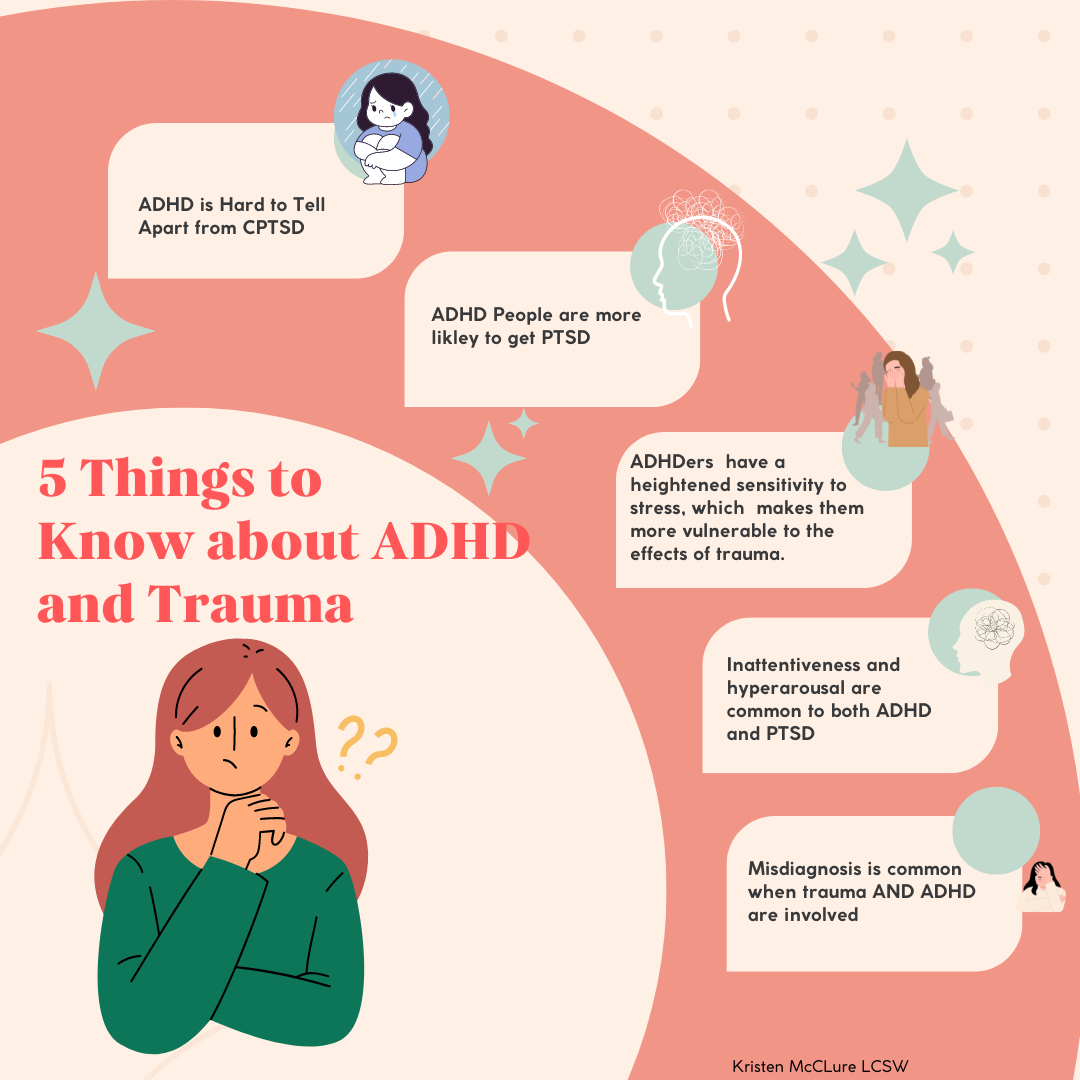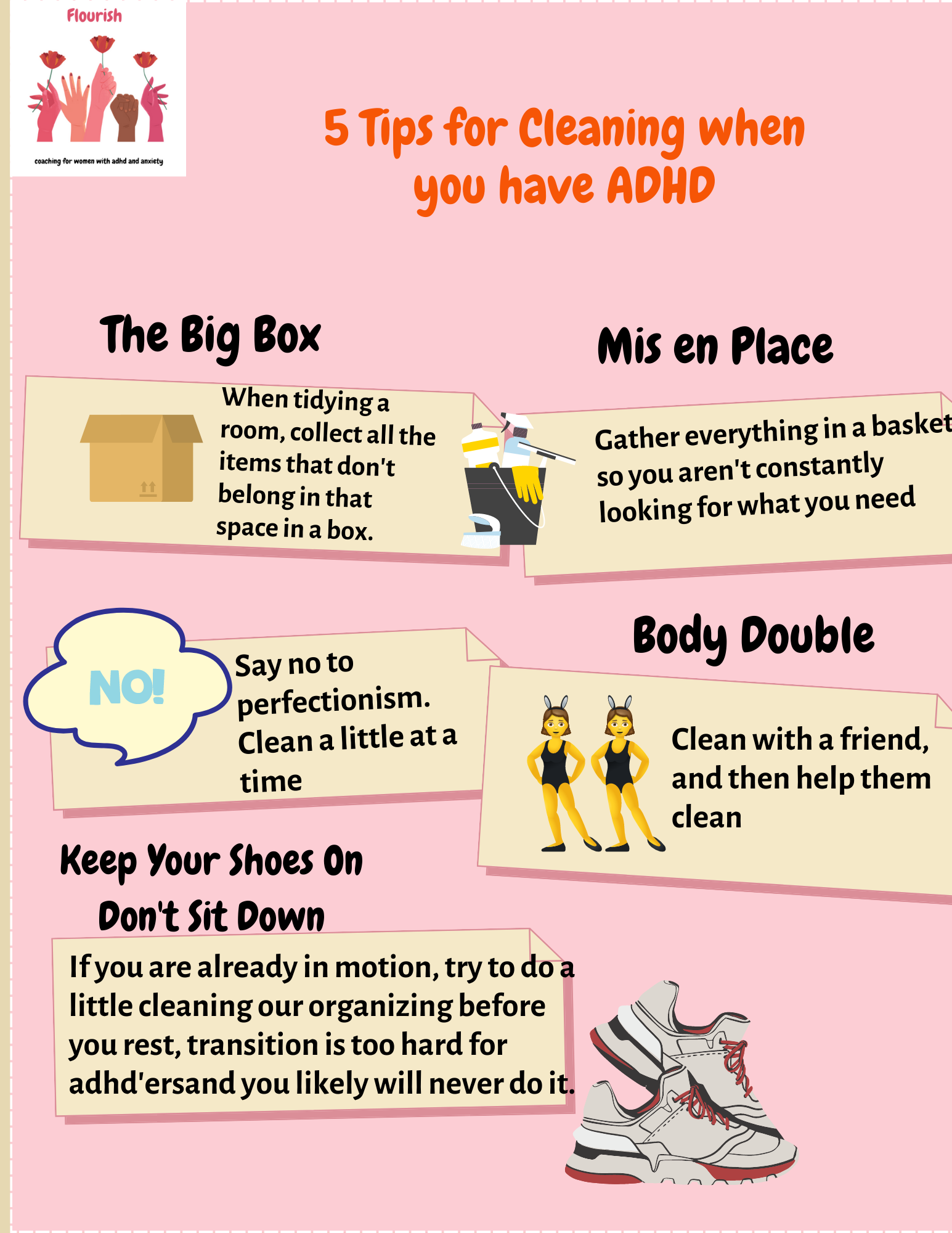The Surprising Link Between ADHD and Hypermobility: What You Need to Know
Why Is This Important?
Living with ADHD can feel like you’re constantly navigating restlessness, fidgeting, and challenges in controlling body movements. But did you know that ADHD is often linked to a condition called hypermobility? Many people, especially women, experience both without realizing it. Understanding this connection could be the key to managing both conditions more effectively—especially when you consider how chronic pain, fatigue, and sensory processing issues often co-exist. Research shows that 31.5% of ADHD patients have Benign Joint Hypermobility Syndrome (BJHS), compared to 13.9% in control groups (Doğan, Taner, & Evcik, 2011).

What Is Hypermobility?
Hypermobility refers to an unusually wide range of movement in the joints—think of being able to bend your fingers or elbows further than most people. While this extra flexibility might seem like a neat trick, it’s not just about being “double-jointed.” Hypermobility can affect multiple body systems and may lead to discomfort, pain, or even injury. It’s also important to recognize that joint instability and overuse injuries are common issues for individuals with hypermobility, especially when combined with conditions like ADHD (Doğan et al., 2011).
Types of Hypermobility Disorders: Know the Differences
There are specific disorders related to hypermobility:
- Joint Hypermobility Syndrome (JHS): This condition involves hypermobile joints combined with symptoms like pain and instability.
- Ehlers-Danlos Syndrome (EDS): One of the more well-known hypermobility-related conditions, especially Hypermobile EDS (hEDS), affects the connective tissues that support skin, joints, and blood vessels, leading to joint dislocations, chronic pain, and other systemic issues.
- Marfan Syndrome: A genetic condition that impacts the body's connective tissues, leading to hypermobility as well as heart and eye issues (Glans et al., 2021).
The Connection Between ADHD and Hypermobility
Recent research highlights a significant overlap between ADHD and hypermobility. Here’s what the studies tell us:
- High Prevalence: People with ADHD are much more likely to have hypermobility. A study found that 31.5% of children with ADHD had BJHS compared to 13.9% in children without ADHD (Doğan et al., 2011). Another study on adults found that 47.9% of women with ADHD and 19.4% of men with ADHD had generalized joint hypermobility (Glans et al., 2021).
- Gender Differences: Women with ADHD may be more likely to experience hypermobility than men. Studies show that women with ADHD are more frequently diagnosed with generalized joint hypermobility (GJH), with the prevalence significantly higher than in men (Glans et al., 2021).
How Does Hypermobility Affect ADHD Symptoms?
There are several ways hypermobility might impact your ADHD symptoms:
- Brain-Connective Tissue Link: Some researchers suggest that connective tissue issues affecting joint mobility may also influence brain development. A shared genetic cause may affect both connective tissue and the central nervous system (Doğan et al., 2011; Glans et al., 2021).
- Shared Genetic Factors: Some genes might predispose individuals to both hypermobility and ADHD. Studies suggest that ADHD is associated with increased rates of hypermobility, possibly due to common neurodevelopmental pathways involving connective tissue disorders (Doğan et al., 2011; Glans et al., 2021).
- Proprioception and Sensory Processing Issues: Hypermobility can cause problems with proprioception (your body’s sense of position and movement). This may explain some of the fidgeting and restlessness associated with ADHD. Both ADHD and hypermobility are also linked to sensory processing issues, making it harder for individuals to manage external stimuli (Glans et al., 2021).
- Dysautonomia (Autonomic Nervous System Dysfunction): People with hypermobility are more likely to experience dysautonomia, which affects things like heart rate and energy regulation. This can worsen ADHD symptoms like fatigue, anxiety, or difficulty focusing (Glans et al., 2021).
Why Proprioception Problems Matter
Understanding the body’s sense of movement and positioning helps explain why ADHD individuals with hypermobility may experience extra restlessness and discomfort. Poor proprioception can make it challenging to perform coordinated movements and may lead to awkward, injury-prone actions. Studies have shown that proprioceptive dysfunction is common in both ADHD and hypermobility, exacerbating the symptoms of both conditions (Glans et al., 2021).
How Can You Manage ADHD and Hypermobility Together?
Recognizing the connection between ADHD and hypermobility can lead to better care and management strategies. Here’s how:
- More Accurate Diagnoses: Combining ADHD evaluations with tools like the Beighton Hypermobility Scale can lead to more accurate diagnoses for individuals experiencing both conditions (Doğan et al., 2011).
- Integrated Treatment: Those with both ADHD and hypermobility often benefit from holistic treatment plans that address both physical and mental health. This could mean working with a team that includes psychiatrists, occupational therapists, and physical therapists.
- Specific Strategies: Physical therapy focusing on proprioception and muscle strengthening, alongside ADHD-focused therapies like CBT, can help manage the complex symptoms caused by both conditions (Doğan et al., 2011; Glans et al., 2021).
Advocating for Yourself
The more you understand about your body, the better you can advocate for the care and accommodations you need. Whether at work, school, or in personal relationships, being aware of both ADHD and hypermobility can help you seek the right support. It also reduces the stigma—these are real, interconnected conditions that deserve proper attention.
What’s Next?
While we know a lot about the link between ADHD and hypermobility, there’s still more to learn. Future research could provide more answers:
- Clarifying the Biological Pathways: Further studies on how connective tissue impacts brain development could shed more light on the connection (Glans et al., 2021).
- Gender Differences: Understanding why women with ADHD are more prone to hypermobility could lead to more tailored treatments (Glans et al., 2021).
- Improved Treatment Options: As research grows, we could see more specialized treatment plans for those with both conditions, improving quality of life.
Final Thoughts
If you live with ADHD, it’s worth considering whether hypermobility is part of the picture. Understanding this connection could lead to better, more effective treatments. At the very least, it gives you another tool in your toolkit for self-awareness and managing your health. Empower yourself by knowing your body—and advocating for the care you deserve.
References
- Doğan, Ş. K., Taner, Y., & Evcik, D. (2011). Benign joint hypermobility syndrome in patients with attention deficit/hyperactivity disorders. Turkish Journal of Rheumatology, 26(3), 187–192. https://doi.org/10.5152/tjr.2011.029​:contentReference[oaicite:18]{index=18}
- Glans, M., Thelin, N., Humble, M. B., Elwin, M., & Bejerot, S. (2021). Association between adult attention-deficit hyperactivity disorder and generalised joint hypermobility: A cross-sectional case control comparison. Journal of Psychiatric Research, 143, 334-340. https://doi.org/10.1016/j.jpsychires.2021.07.006​:contentReference[oaicite:19]{index=19}





